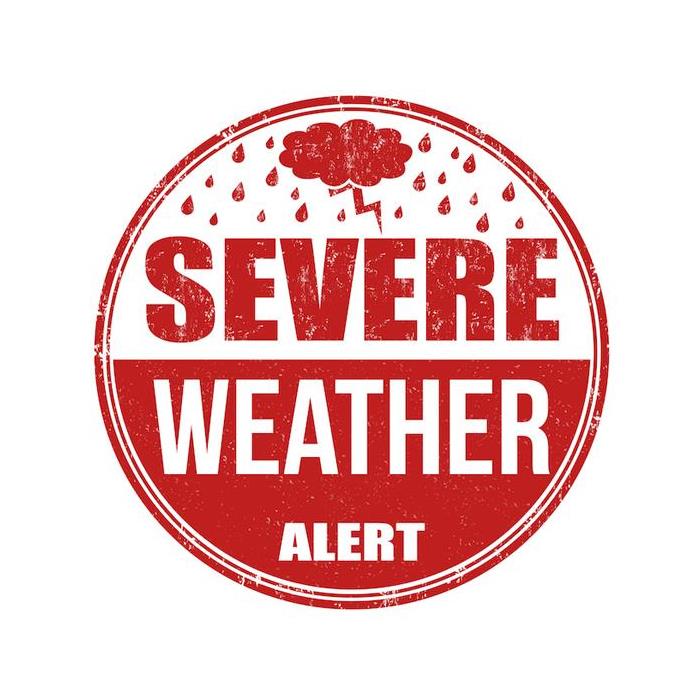Learn About the Many Types of Weather Alerts to Stay Safe | SERVPRO® of Biddeford-Saco
7/12/2022 (Permalink)
There are multiple types of weather warnings, around 42 different kinds to be precise! Each is grouped into seven different weather-related categories. That’s a lot to process, especially in the middle of a severe weather situation.
Learning what each of these warnings and advisories could mean for your hometown can help better prepare you and your family for severe weather. You’ll also be able to safeguard your property from any severe weather hazards that could impact it.
While it’s good to have general knowledge of all kinds of weather conditions, it is even more important to be aware of what kind of weather may strike your community.
So, what influences the issuing of these warnings? Since weather forecasts are only predictions, how is the severity, duration and location of a storm monitored? A number of factors impact the issuing of these warnings.
The National Weather Service is in charge of weather forecasting and sending out any required alerts. There are six regional offices located throughout the country to allow these alerts to be localized. Biddeford’s alerts are issued out from the Eastern Region headquarters in Bohemia, New York.
Meteorologists and other workers with the NWS use all sorts of information to develop these forecasts, including satellite radar, ocean buoys, weather balloons and even solar activity. The type of data used varies depending on the weather conditions, but the aim is to be as precise and thorough as possible.
Understanding the distinction between a “watch” and a “warning” is essential to interpreting these notices. This wording is used in almost all weather alerts, including those for thunderstorms, tornadoes and flooding.
A watch means a storm is developing and could possibly strike down in your area. Watches are sent out in a larger area, while a warning is issued in smaller places, like a county or city. A warning means a strong storm is approaching and you should prepare your home to survive these dangerous conditions.
Identifying the weather conditions your neighborhood faces regularly can help you better decipher the alerts that could be issued during severe weather. For example, Maine is a coastal state, so conditions like heavy fog and hurricanes occasionally impact the area. Alerts are sent out as soon as possible when these weather threats worsen near your Biddeford home.
Being able to interpret these alerts is a surefire way to protect yourself and your home from any weather conditions, but there are a few other safeguards you can put in place right now to help reduce the damage.
Clear your gutters of debris and secure any outdoor furniture to protect your property from conditions such as strong winds or severe flooding. Locate a safe place to shelter with supplies and have an exit plan prepared in the event of an emergency evacuation.
If your property has been damaged by severe weather, call on our team at SERVPRO. We are prepared to repair any damage your home may have suffered and can keep you updated every step of the way.
The more you understand the many weather scenarios your area may face, the more prepared you’ll be when severe weather is on its way. Understand the many different kinds of warnings that could be issued in your area so you and your home can weather any storm!
Experienced storm damage to your home or property? Contact us today for a quick response!

 24/7 Emergency Service
24/7 Emergency Service
